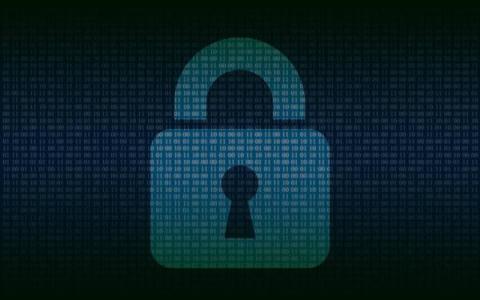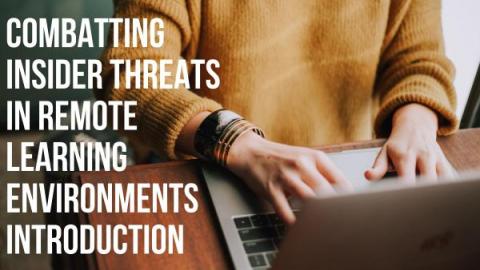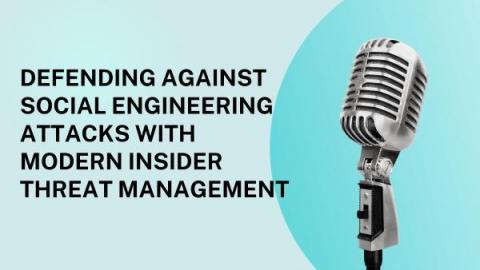The Future of Work Requires More Transparent Management
Most knowledge-economy workplaces are embracing the remote future of work. The question for these leaders is how to manage a workforce that may physically congregate in the office only once or twice a week, if ever. According to Gallup, as many as two-thirds of white-collar U.S. employees worked exclusively from home during the pandemic, a massive shift that will shape workplace culture for years to come.







